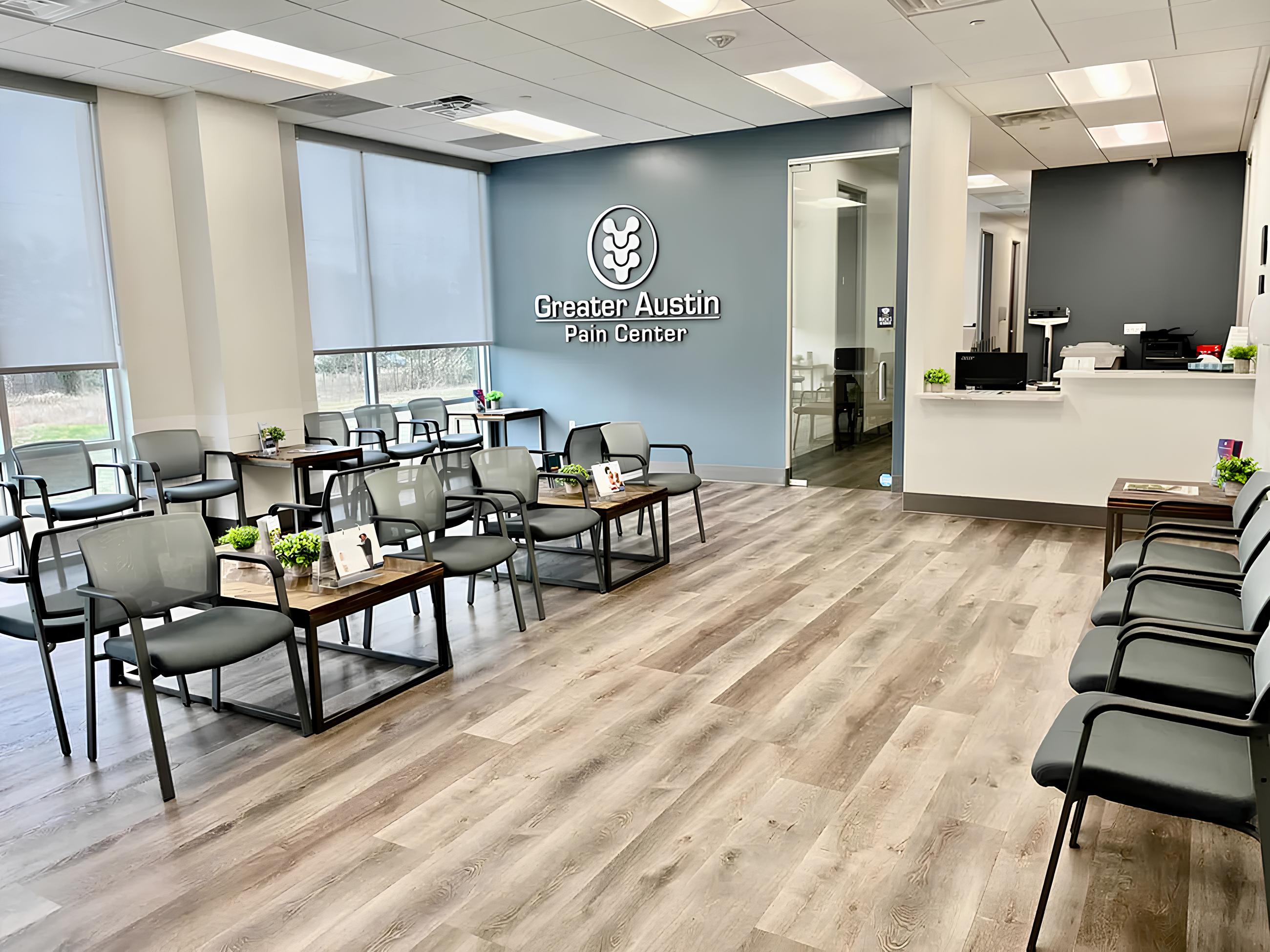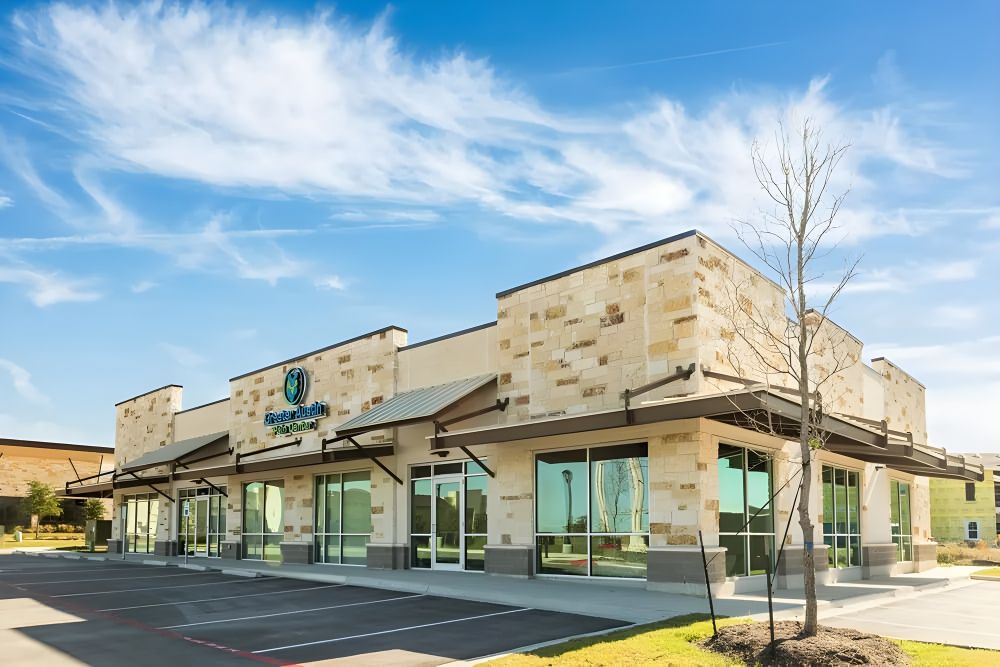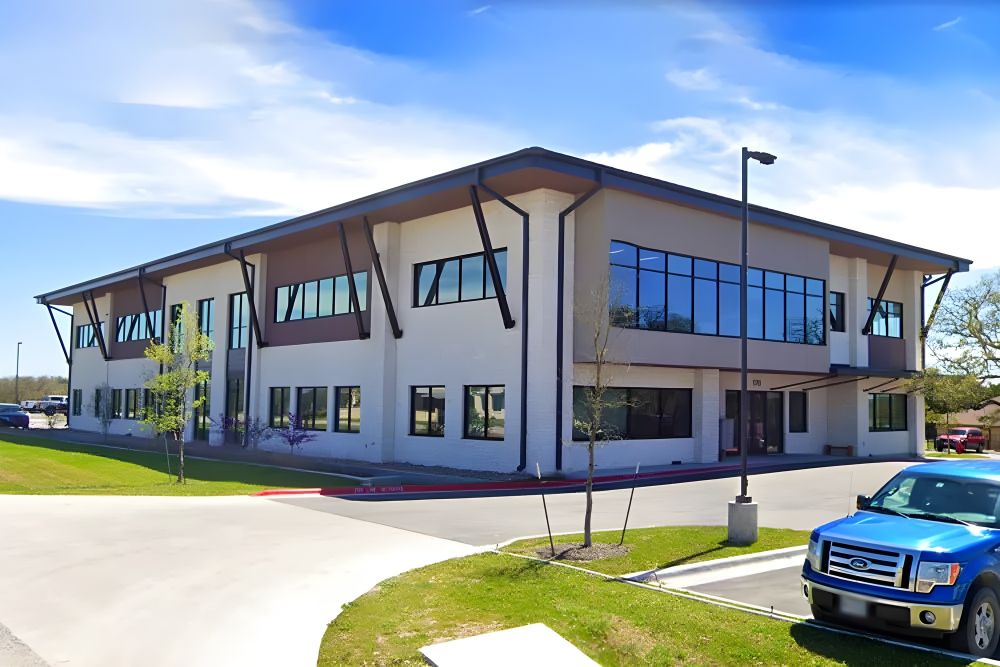What is Spinal Stenosis?
Spinal stenosis is a condition in which there is a narrowing of the spinal canal. When the spinal canal is narrowed, this can place pressure on the nerves as they exit the canal and go to the arms or legs. Stenosis can occur throughout the spine but is most common in the cervical and lumbar regions.
























